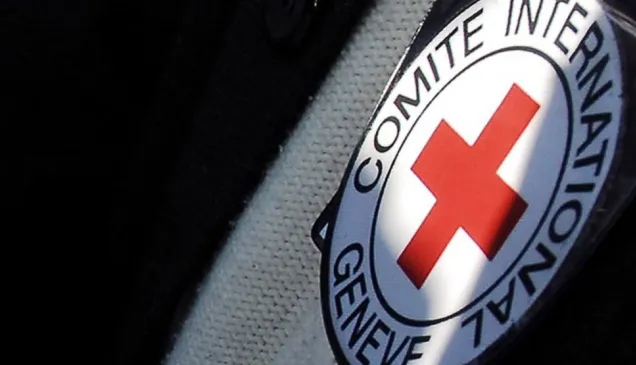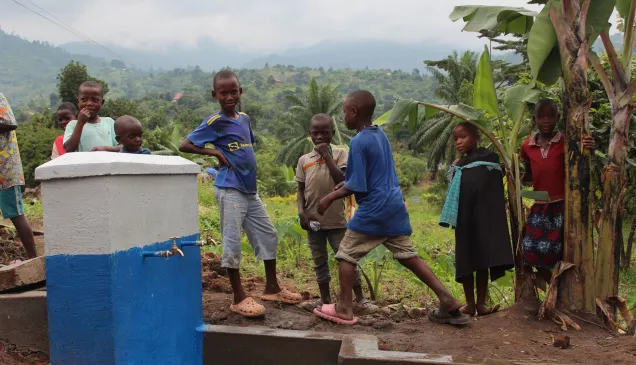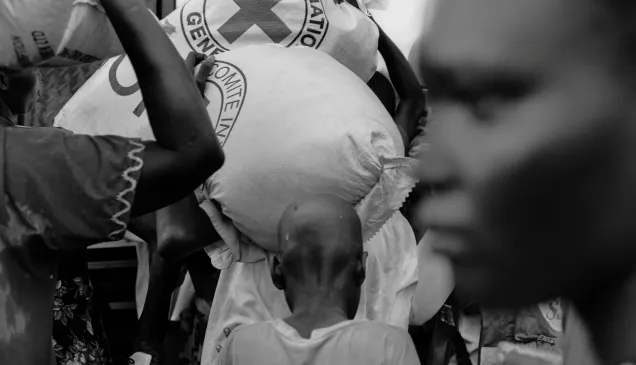The Convention on the Prohibition of the Development, Production, Stockpiling and Use of Chemical Weapons and on their Destruction belongs to the category of instruments of international law that prohibit weapons deemed particularly abhorrent. As soon as the First World War was over, chemical and bacteriological methods of warfare were condemned by public opinion, and their use was prohibited by the 1925 Geneva Protocol. The adoption of the Convention reinforces a basic principle of the law relating to the conduct of hostilities, that is that the right of parties to an armed conflict to choose means and methods of warfare is not unlimited. The Convention, which was negotiated as part of the Conference on Disarmament, was opened for signature in Paris on 13 January 1993. It entered into force on 29 April 1997, and is now binding on the vast majority of states. In addition, the prohibition on use of chemical weapons is considered customary in both international and non-international armed conflicts, applying to all states and non-state actors, including those who are not a party to the Convention (Rule 74 of the ICRC study on customary IHL).
.



